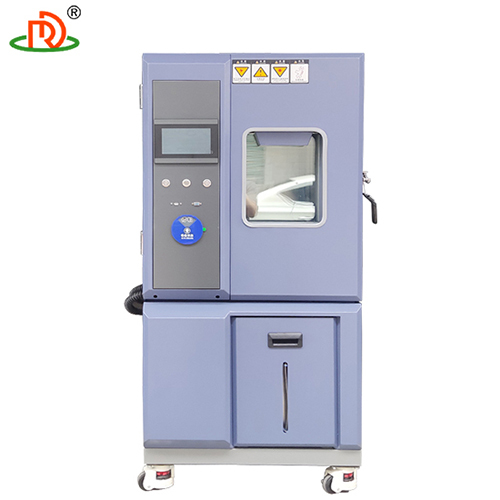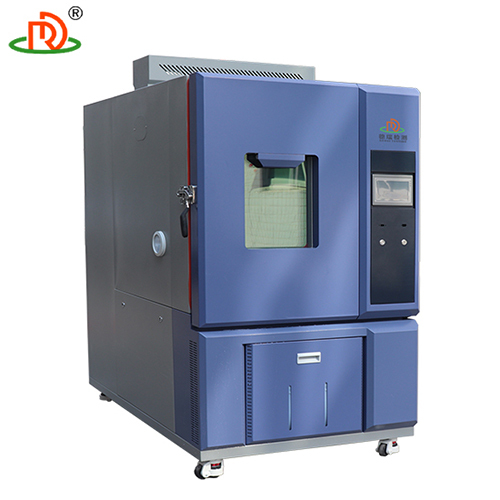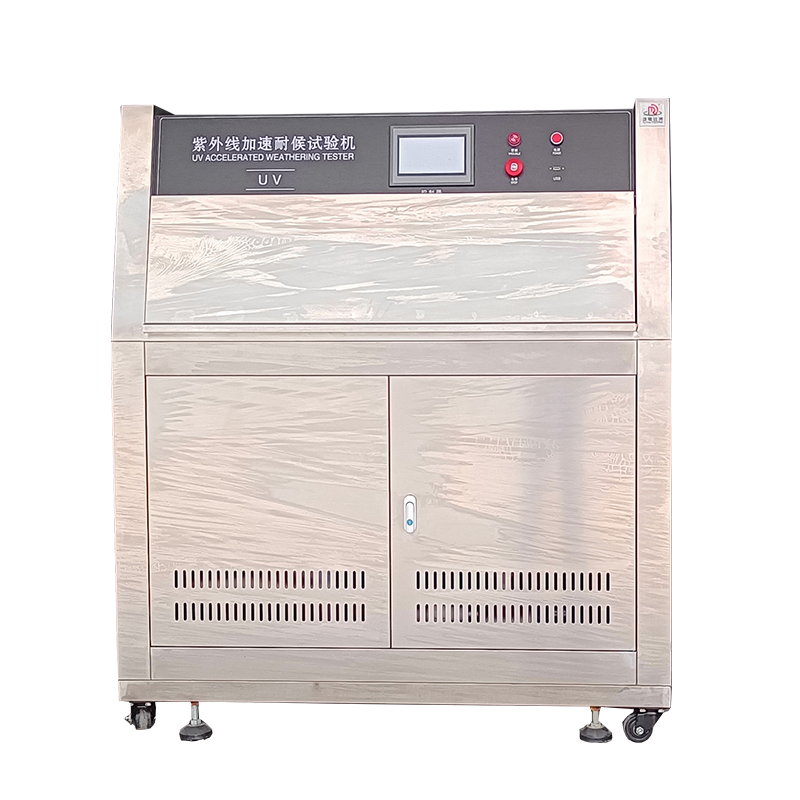
Xenon Light Testing for Beverage Packaging: Humidity & Temperature Control
Product Details:
Xenon Light Testing for Beverage Packaging: Humidity & Temperature Control Price And Quantity
- 638005.0 INR/Unit
- 1 Unit
Xenon Light Testing for Beverage Packaging: Humidity & Temperature Control Trade Information
- Cash in Advance (CID)
- 100 Unit Per Month
- 10 Days
- All India
Product Description
Introduction
| Item | Specification |
| Internal Dimension (W*D*H) | 700*500*600mm |
| External Dimension (W*D*H) | 1350*1300*1850mm |
| Internal chamber material | SUS 304 # Stainless Steel, anti-rust |
| External chamber material | Cold-rolled steel with spray |
| Chamber humidity range | 55%~90% RH |
| Chamber temperature | 35~90 |
| Black panel temperature | 45~95, adjustable |
| Temperature uniformity | 3 |
| Filter | Window glass filter / daylight filter |
| Light source | Air cooled long arc xenon lamp |
| Xenon lamp power | 1.8 KW * 3 pcs = 5.4 KW |
| Irradiance strength | 0.51 W/m2@340 nm(follow up to specified test standard) |
| Control system | LCD programmable controller, Auto display irradiance, capacity: 100 groups program, 99 cycles. |
| Illumination time | 1~999 hours, adjustable |
| Water spray system | Water spray time 999 minutes settable Interval spray time, 1~240 minutes settable |
| Sample holder | Stainless steel, 1 pc |
| Distance from sample holder to lamp | 250~300 mm |
| Heating | Nickel-chromium alloy electric heater |
| Humidification power | Stainless steel surface evaporative humidifier |
| Insulation materials | Supper fine glass fiber |
| Temperature sensor | PT100 high precision sensor |
| Air circulation system | Stainless steel centrifugal rotor vane to improve the uniformity of temperature and humidity |
Product Features and Benefits
- Xenon Light Technology
- Uses xenon arc lamps to generate a broad spectrum of UV, visible, and infrared light, closely mimicking natural sunlight.
- Ensures accurate simulation of outdoor weathering conditions for consistent test results.
- Precision Climate Control
- Advanced temperature and humidity controls to replicate various environmental conditions.
- Optional rain simulation and condensation features for comprehensive testing.
- Material Durability Testing
- Identifies weaknesses in packaging materials, such as fading, cracking, or discoloration, under prolonged light exposure.
- Time-Saving Accelerated Testing
- Simulates years of natural weathering in a matter of days or weeks, reducing development and testing timelines.
- Compliance with Standards
- Meets industry standards such as ISO, ASTM, and IEC, ensuring reliable and recognized test results.
- User-Friendly Design
- Intuitive interface for easy setup, monitoring, and data analysis.
- Remote monitoring capabilities for convenient operation.
- Cost-Effective Solution
- Minimizes the need for outdoor testing, reducing costs and improving efficiency.
Applications in Packaging Materials
Xenon light testing is widely used across various industries to evaluate packaging materials. Some key applications include:
- Food and Beverage Packaging
- Testing the durability of plastic, foil, and composite packaging under sunlight and temperature changes.
- Cosmetics and Personal Care Products
- Assessing the impact of light exposure on packaging for creams, lotions, and fragrance bottles.
- Pharmaceutical Packaging
- Ensuring the integrity of blister packs, vials, and other packaging materials under controlled conditions.
- Electronics and Tech Products
- Testing the durability of plastic and polymer packaging for electronic devices.
- Agricultural and Industrial Packaging
- Evaluating the performance of packaging materials used for fertilizers, pesticides, and industrial goods.
Installation Guide
Proper installation is essential to ensure optimal performance of your xenon light testing equipment. Follow these steps for a smooth setup:
- Choose the Right Location
- Place the equipment in a well-ventilated area with stable temperature and humidity levels.
- Ensure sufficient space for airflow and easy access to controls.
- Power Supply Setup
- Verify that the power supply matches the equipments requirements (voltage, frequency, and phase).
- Install a stable power source with appropriate grounding.
- Calibration and Setup
- Calibrate the equipment according to the manufacturers instructions to ensure accurate test results.
- Program test cycles based on your specific requirements (e.g., temperature, humidity, light intensity).
- Safety Measures
- Follow all safety guidelines, including proper use of protective gear and emergency shutdown procedures.
- Regularly inspect and maintain the equipment to prevent malfunctions.
- Training
- Provide training to operators to ensure they understand how to use and maintain the equipment effectively.
Order Process
Ordering a xenon light testing system for packaging materials is a straightforward process. Heres a step-by-step guide:
- Determine Your Testing Requirements
- Identify the type of packaging materials you need to test (e.g., plastics, metals, composites).
- Define the environmental conditions you want to simulate (e.g., temperature, humidity, UV intensity).
- Select the Right Equipment
- Choose a system based on your specific needs, including chamber size, xenon lamp type, and additional features (e.g., rain simulation).
- Contact the Supplier
- Reach out to the manufacturer or distributor to discuss your requirements and receive a quotation.
- Place Your Order
- Confirm the order and provide necessary details for delivery, including shipping address and preferred delivery date.
- Installation and Commissioning
- Once the equipment arrives, follow the installation guide or request assistance from the supplier.
- Test the system to ensure it is functioning correctly before starting your testing process.
- After-Sales Support
- Ensure the supplier offers technical support, maintenance, and spare parts availability for long-term reliability.

Price:
- 50
- 100
- 200
- 250
- 500
- 1000+








 English
English Spanish
Spanish French
French German
German Italian
Italian Chinese (Simplified)
Chinese (Simplified) Japanese
Japanese Korean
Korean Arabic
Arabic Portuguese
Portuguese